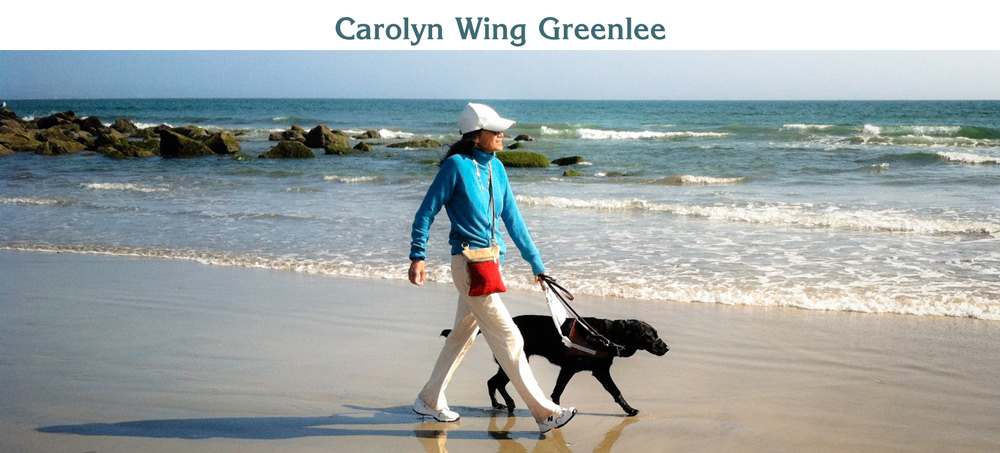In the 1960s, Milford Zornes was faced with a need to borrow money. For some reason, he asked my dad, promising to leave several paintings as collateral. My dad said yes. My parents had immense respect for Milford, both as an artist and as a human being. The feeling was mutual, which is why, on another occasion, Milford told them, “I have an exhibit at the gallery. Go pick any painting you want.” When my parents discussed it that night, my mother told my father, “We can’t do that. Painting is his livelihood.” So they didn’t go, and they never told Milford. Not long after that, Pat and Milford moved to Utah and we didn’t see them except when they returned to visit.
Thirty years later, I was part of a big show at the Museum of History and Art in Ontario that Curator Maricarmen Ruiz-Torres (Mari) and Director Theresa Hanley and I had cooked up. It was called ”Exploring Identity through Poetry and Pictures”—a combination of poetry readings and an exhibit of pictures, including 75 of my photographs and paintings.
Since the events of the exhibit covered several days, I volunteered to help out with the museum’s Chinese New Years activities for kids. I wasn’t a great brush painter, but my two back-to-back sessions were packed with children as well as adults—everyone trying to make brush strokes that looked like the pointed leaves of bamboo on the funny, soft, white paper that was made of rice. It was fun because everyone was so enthusiastic and having such a good time.
One of the adults at the class told me she noticed I had mentioned my watercolor teacher, Milford Zornes, on the card next to one of my paintings. She said, “Did you know Pat and Milford have moved back to Claremont?” and gave me their address. That night, with great trepidation, I carefully composed a short, hesitant note inviting Pat and Milford to my gallery tour the next week. I figured they wouldn’t come.
It was raining hard the day of the gallery tour. My dad pushed my mom in her wheelchair around the gallery, scrutinizing every photograph and painting, reading every card. Also in the early arrivals was a very tall man with a lanky gait and thick glasses. He was intently studying my work. Next to him, a short, round woman with short, dark hair kept giving me a look which I thought must mean I should say something, but I had lost a lot of my vision by then and I wasn’t sure who they were.
Moments before the tour was to begin, the woman came over, took my arm, and hissed in a stage whisper, “It’s us—Pat and Milford.” Oh my! I was embarrassed that I hadn’t recognized them, and shocked that they had come. Then I was nervous. My parents were there viewing my first attempt at expressing in paintings my painful search for identity in a White world, and now my teacher was there—the one whose methods and attitudes towards art had changed the way I taught my own students. For forty years I had wished I could tell him the specifics of his effect on me and thank him for showing us a respectful, kind, truthful, constructive way to develop the potential of others. During that tour of my pictures, I was able to do just that.
When I took the group through the photography section, I told them how Pop Art opened my eyes to the patterns and graphic impact of ordinary objects, how I chose depth of field and distance to convey the meaning in the shot, how cropping and perspective isolate the elements that I want to emphasize, how the size of the print changes the feeling in the viewer. At the end of the tour, Milford asked if he could say a few words. I was excited—and worried—but Milford was always gracious. In private later he told me my paintings were “a little childish,” but there, in front of my parents and the whole world, he said he had no idea that photographers could be so deliberate in what they did, that I had obviously thought about what I wanted to communicate, and he pronounced me a true artist. It was one of the biggest thrills of my life.
It wasn’t long before Pat and Milford invited us to visit them in their home. As we were getting ready to go, my dad told me the story of the loan and the generous offer they never took. “You never did?” I asked, incredulous, then added, “I wonder if the offer is still good.”
Milford’s studio was flooded with light from the big skylight letting in the Southern California sunshine. One wall was covered with a large mirror. I was videotaping the array of squeezed paint tubes and well-used brushes on the work table in front of it. I was about to film the stacks of paintings everywhere and the one in progress on the easel when, out of the blue, Milford asked, “Did I ever pay you back that money I borrowed?” My dad answered that he’d kept the paintings, which were worth far more than the money. He added that he and Mrs. Wing had never gone to the gallery to take the painting he offered, then quickly said, “Carolyn wants to know if the offer is still good.” I was facing the mirror, rather shocked and holding my breath. I dared not turn around. I moved the camera so it was filming their reflections. Milford never hesitated. “Of course it is!” he smiled. I could hardly believe my ears. Was he joking? Would he take it back, saying he was just kidding? “I have it on tape,” I said hastily. “I have evidence.” Milford kept smiling. “You look through my paintings,” he told me. “You may have whichever one you want.”
(to be continued…)

0 Comments